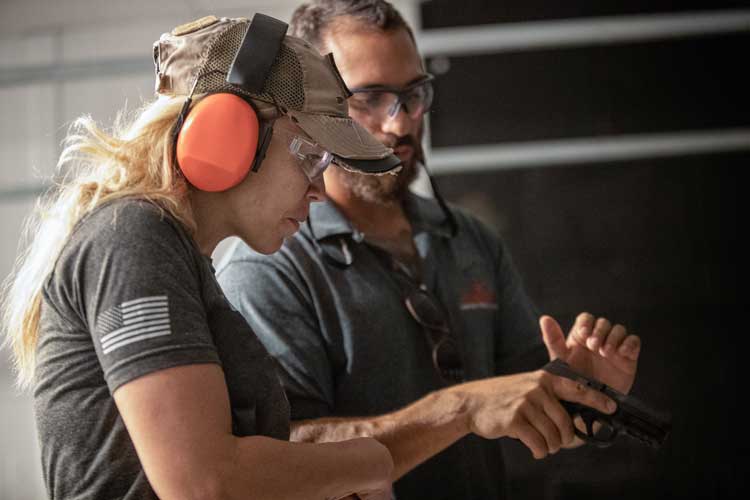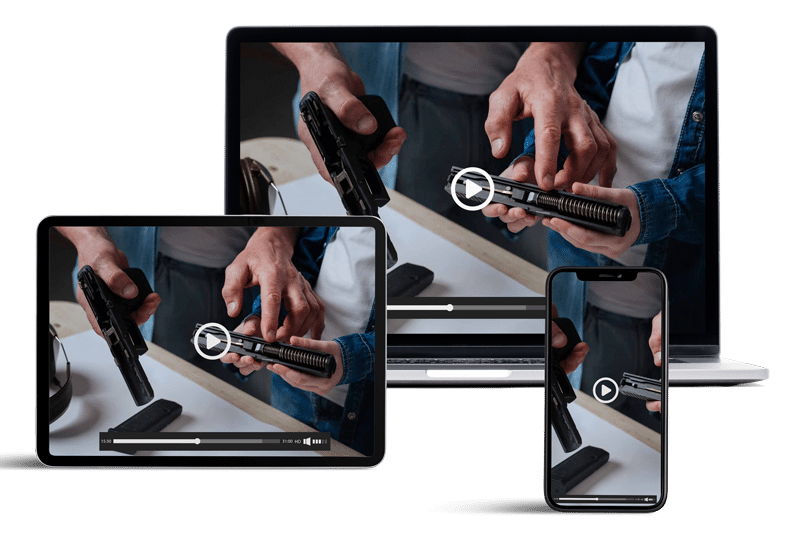As an instructor and firearm enthusiast, I spend a lot of time at the range with students, friends, or even on my own. This gives me numerous opportunities to observe people’s firearm handling skills— or the lack thereof— and to recommend classes that would benefit them, highlighting areas for improvement in their shooting. A common trend I’ve noticed among males who lack formal training is their belief that they already understand the fundamentals and are proficient enough not to need instruction on how to shoot and handle a handgun. However, based on my observations of their shooting techniques, this assumption could not be further from the truth.
You might wonder why some believe that formal instruction is unnecessary for handgun basics. Three common and consistent reasons emerge:
- I served in the military.
- I have been shooting all my life.
- A family member or friend taught me how to shoot.
If you’re reading this and haven’t received formal handgun training but identify with any of these groups, I encourage you to continue! There’s valuable insight ahead (I hope).
The three groups mentioned above represent the majority of shooters. However, it’s important to note that, apart from certain military units, none of these situations provide adequate training for effectively and proficiently using a handgun. Often, when I observe these individuals shooting, they struggle with proper grip, trigger control and presentation, indicating a clear need for formal instruction. Unfortunately, many of them dismiss the idea of taking a beginner level class, believing it unnecessary. While one might feel confident shooting at the range, they often overlook the immense benefits that come from a foundational course in firearms training from a professional firearms instructor.
Self-Assessment
Self-assessment is a vital component of enhancing your shooting skills and overall firearm handling. An honest evaluation of your current abilities is essential; without it, you risk overestimating your proficiency, especially if you have prior “experience” with firearms. Engaging in self-assessment helps you pinpoint specific areas that may require further training or refinement, even if you feel confident in your fundamentals. Reflect on how your performance measures up against established shooting standards and remain open to constructive feedback from qualified instructors. Numerous handgun shooting drills are available online, many of which can be practiced at indoor shooting ranges. Utilize these drills to assess your skills effectively and obtain a better perspective on your current proficiency level.
Trainer and SWAT instructor Paul Ford has noted, through his own experiences and an analysis of various gunfight incidents, that you can expect to perform at approximately 70% of your worst day at the range during a self-defense shooting situation. This is a staggering statistic to consider. Imagine your worst day at the range—under ideal conditions—and then envision it being significantly worse; that’s likely how you will perform in a real self-defense encounter with your firearm. For those who have only completed the state-mandated training, such as the Texas License to Carry (or your state’s equivalent), this level of preparedness is simply unacceptable.
Often, individuals have cultivated ingrained habits that can negatively impact their performance and shooting accuracy. It’s vital to understand that a strong grasp of the fundamentals is essential for all shooters, no matter their perceived level of experience. This is why we promote a cyclical approach to training, where revisiting foundational skills can yield significant improvements.
The Sad Truth
According to the data collected by Karl Rehn of KR Training and discussed in his book “Strategies and Standards for Defensive Handgun Training,” an alarming 99% of firearm owners do not train beyond the state-mandated minimum levels. This is concerning, as merely meeting these minimum standards does not equate to being a capable shooter who can handle a firearm proficiently, effectively, and safely. It is crucial for everyone to pursue as much training as possible; even just one or two classes with a professional firearms instructor can significantly elevate your competency to a level that might otherwise remain out of reach.
Conclusion
I hope the main message of this article is clear: if you haven’t received formal training from a reputable firearms instructor, it’s time to seek that out. You might feel confident in your skills due to your upbringing and experience shooting, but proper training is essential. Online courses like our Handgun Essentials and Art of Concealment classes are excellent starting points for your personal development journey. The techniques and knowledge imparted in these courses are recognized as industry standards, providing you with a solid foundation upon which you can build through further in-person training. If you’re in the Austin, Texas area, consider training in-person with us at LTC Austin.





